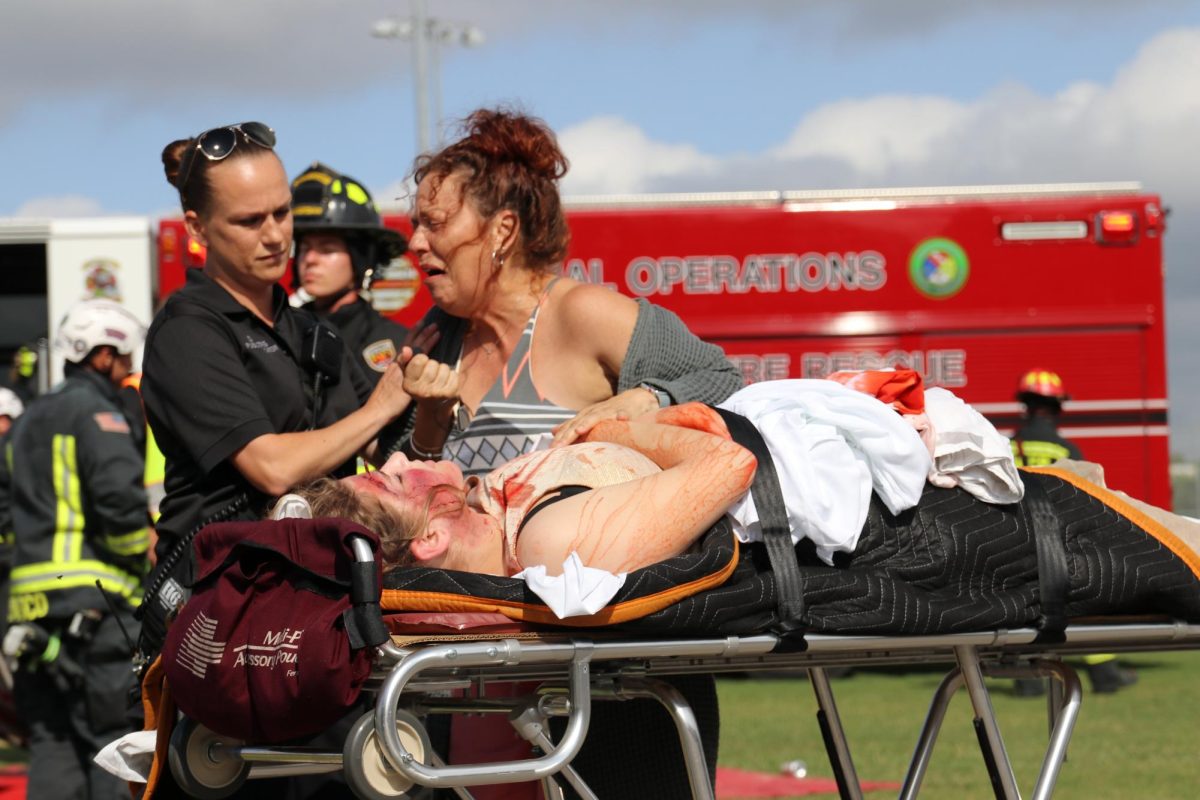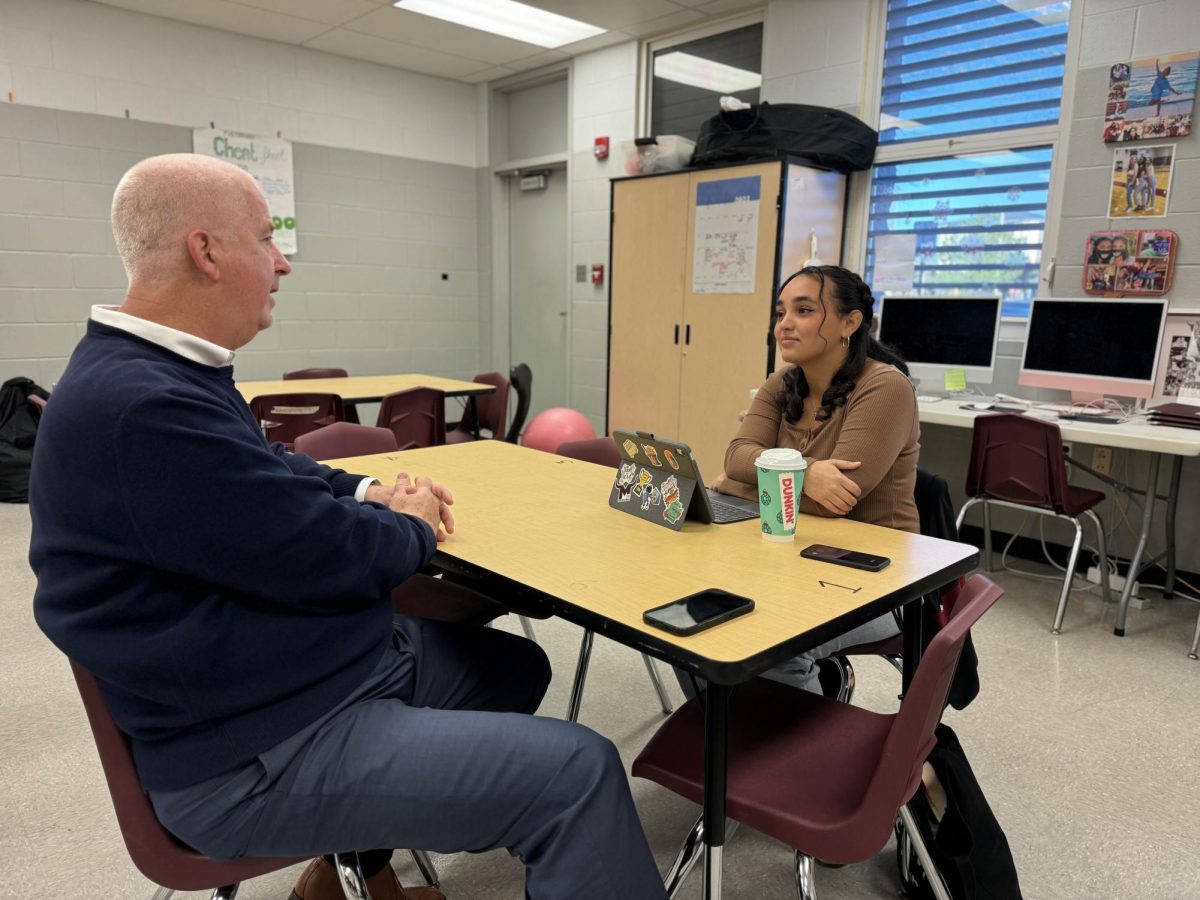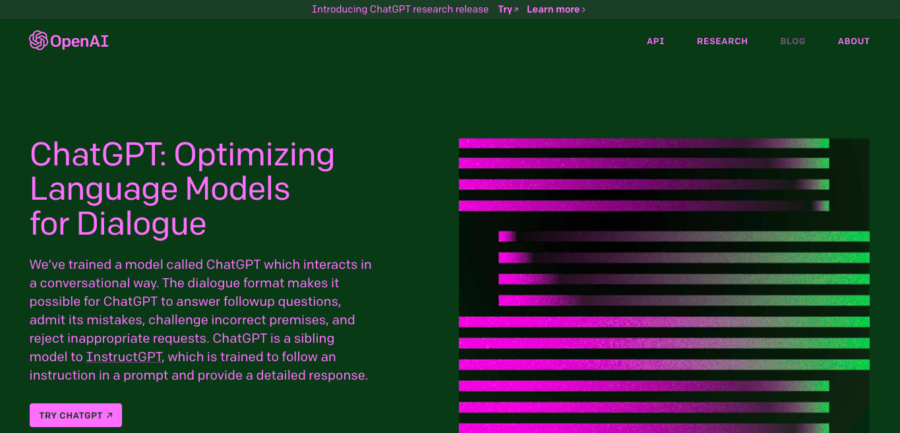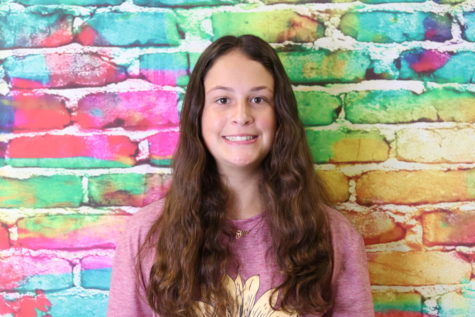Each week an average of 50 teens die from drug overdose, according to the CDC. This is just one example of risky behavior having disastrous consequences. Risk taking is a normal part of development, but teens often participate in dangerous risk taking which can be harmful to their physical and mental health.
Wiregrass Bulls have attempted to address this issue through a club called Students Against Destructive Decisions (SADD). The goal of SADD is to empower and encourage students to engage in smart decision making, as well as prevent consequences of poor decisions. Faculty sponsor Gregory Finkel expresses how important this club is to him and the community.
“SADD is who I am,” Finkel said. “I have always wanted to make a difference in other people’s lives … it’s a special feeling.”

Teenage brains are not fully mature, and the last part of the brain to mature is the prefrontal cortex. Research done by Adolescent Psychology concluded that the maturation of the prefrontal cortex is directly associated with increased self control, while the lack of maturity in this region is associated with poor decision making and impulse control. This inevitably leads to teens partaking in dangerous risky behaviors including drugs and alcohol, smoking, dangerous driving, and unprotected sexual activities.
According to the Center for the Developing Adolescent, risk taking behavior is often affected by peer influence, and teens tend to take more risks around their peers because the reward response is amplified. Peer pressure also plays a role, as teens fear being left out or ostracized by their friends, and will often do whatever it takes to achieve social acceptance.
“Teens often take risks to fit in and because they see many people around them doing the same things,” explained SADD president and senior Idalia Suazo “[But] teens don’t seem to evaluate the consequences of their actions.”

Activities with an uncertain outcome produce an extra burst of dopamine, which is the neurotransmitter most closely associated with an increase in pleasure, satisfaction, and motivation. However, the effects of dopamine are often short-lived, and teens then have to face the consequences of their actions.
Risk taking can result in potentially fatal physical harm, including drug overdoses, car accidents, and the contraction of sexually transmitted diseases. Societal fallout may also be a negative factor, as consequences can include school punishment and legal trouble. In addition, risk taking behaviors are heavily associated with an increase in mental health issues, specifically depression and self-harm. It is imperative that teens take action to prevent these detrimental effects. Saying no to dangerous activities and spending time with people who encourage smart decision making can keep teens safe.
“Stick to your gut [and] exclude yourself from groups that cause you to do something you might regret,” said SADD vice president and senior Sydney Salerno. “You can find a group of people that cause you to do the right thing.”
Teens can also choose to channel their energy into healthy risk taking. Healthy risks can help build confidence and self-esteem, as well as teach teens important life lessons. Healthy risks can include trying out for a sports team or role in a play, participating in a new activity, branching out to make new friends, and finding creative ways to volunteer and help the community.
“Focus on self-awareness and self-care,” Finkel stated. “Only you can make the decisions that are best for you.”








